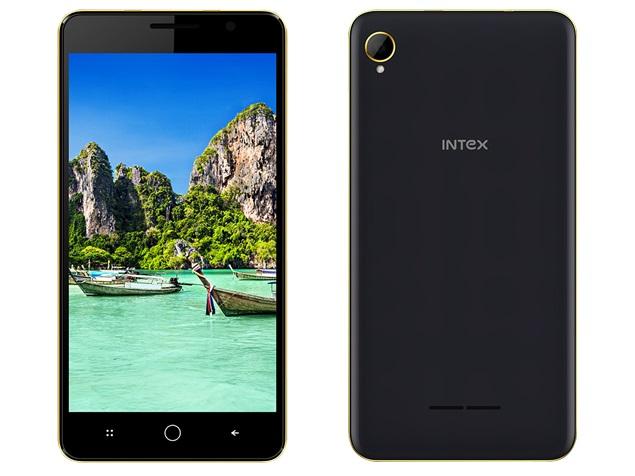Surprising lessons of smartphone dominance from India's Intex


A few days ago, I wrote about Indian smartphone giant Micromax losing a large chunk of its market share thanks to the incursions of Chinese companies into its territory. Today, another Indian company is making headlines for opposite reasons: Intex. The company was a no-name brand a few years ago and not even amongst the top 10 smartphone sellers in India. Yet, in just a handful of years, it has become a permanent fixture in the top five.
In fact, research firm IDC created quite a stir last year when it pegged Intex as being ahead of Indian rival Micromax, by and large the second-largest phone maker in India behind Samsung. Another study by Counterpoint put Micromax ahead of Intex. These days, Intex regularly oscillates between the third and fourth ranks in the smartphone universe. It is currently third, with 10.2 percent of the market and close to a billion dollars in sales, behind Samsung (25.7 percent) and Micromax (16.1 percent), and ahead of Lenovo and Motorola (8.6 percent) and Lava (6 percent).
Ultimately, in this fiercely contested space, who is ahead of whom by a few percentage points every month is not that interesting. What, however, is worth analysing is the counter-intuitive and decidedly unsexy strategies that Intex adopted to get where it is today, the kind that invariably don't make it on the cover of the likes of Fortune Magazine.
Latest news on Asia
For instance, Intex firmly believes in the first mover "disadvantage", as the Indian Express put it -- in other words, a wait, watch and maybe act philosophy, rather than a pioneering, blaze-a-trail-for-others-to-follow one. "When the demand for selfies was established, we launched our Aqua Star series. When smartphones with larger batteries started to trend, we introduced the Aqua Power smartphone. We are not too keen to bring something first and then test the market," said Sanjay Kumar Kalirona, business head for Intex in the paper.
Then, there is the company's very conscious eschewing of an ecommerce strategy in favour of an old school, retail distribution one. Apparently, while brands like Moto G, Xiaomi, and Lenovo have leveraged Flipkart and Amazon to flog their devices, Intex has solely concentrated on on-ground distribution and aims to spread its tentacles from the existing 35,000 multi-branded retail stores that they are currently in to 85,000.
Intex -- unlike local brands like Micromax, which anointed Hugh Jackman as its brand ambassador amidst much fanfare, or Chinese companies like Gionee who have collectively spent $200 million to make a splash -- has largely abstained from large-scale, lavish marketing campaigns. That is probably going to change thanks to market pressures: Towards the end of 2015, the company bought an IPL cricket team for close to $2 million in this cricket-mad country to raise its profile, a logical move since it moved from just phones to affixing its brand onto everything from washing machines to televisions.
Of course, how well it does going ahead is gong to be the true test in a country that has only just begun to see sizable smartphone sales (India has eclipsed the US this year to become the second-biggest market in the world after China). It currently has a rock-bottom 30 percent penetration rate so there's ample headroom to grow, but this also means attracting some pretty tough competition from places like China where smartphone growth is beginning to flatten. In fact, Chinese brands have doubled their market share to 18 percent in just under a year. Then, there's this meaningful statistic that may offer a stiff challenge to Intex's current strategy: While the brand is focused on its offline retail distribution model, one in three smartphones in India is being flogged through ecommerce channels like Flipkart and Amazon.
Intex has come a long way from its roots. In 1986, founder Narendra Bansal sold cordless phones form a ramshackle shop in the congested by-lanes of Old Delhi for a living. He then switched to floppy discs, then became a Polaroid-toting photographer for tourists at the famed Birla temple, then finally a purveyor of Ethernet cards with the brand name Intex, which morphed into the business he is in today. Entrepreneurs like Bansal have a wealth of experience and failures to learn from, and invariably understand the pulse of the Indian consumer better than most.
However, for Intex to stay ahead of the game, Bansal may want to reconsider his sales and distribution plan and the perils of ignoring an ecommerce strategy. After all, the last company to do this was an even bigger and tenacious Indian entity called Micromax, and we now know only too well what has happened to it in the last six months.